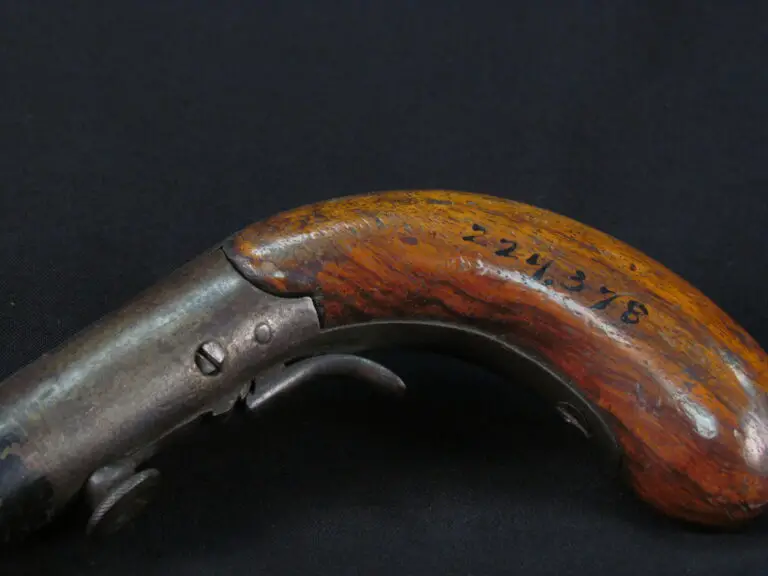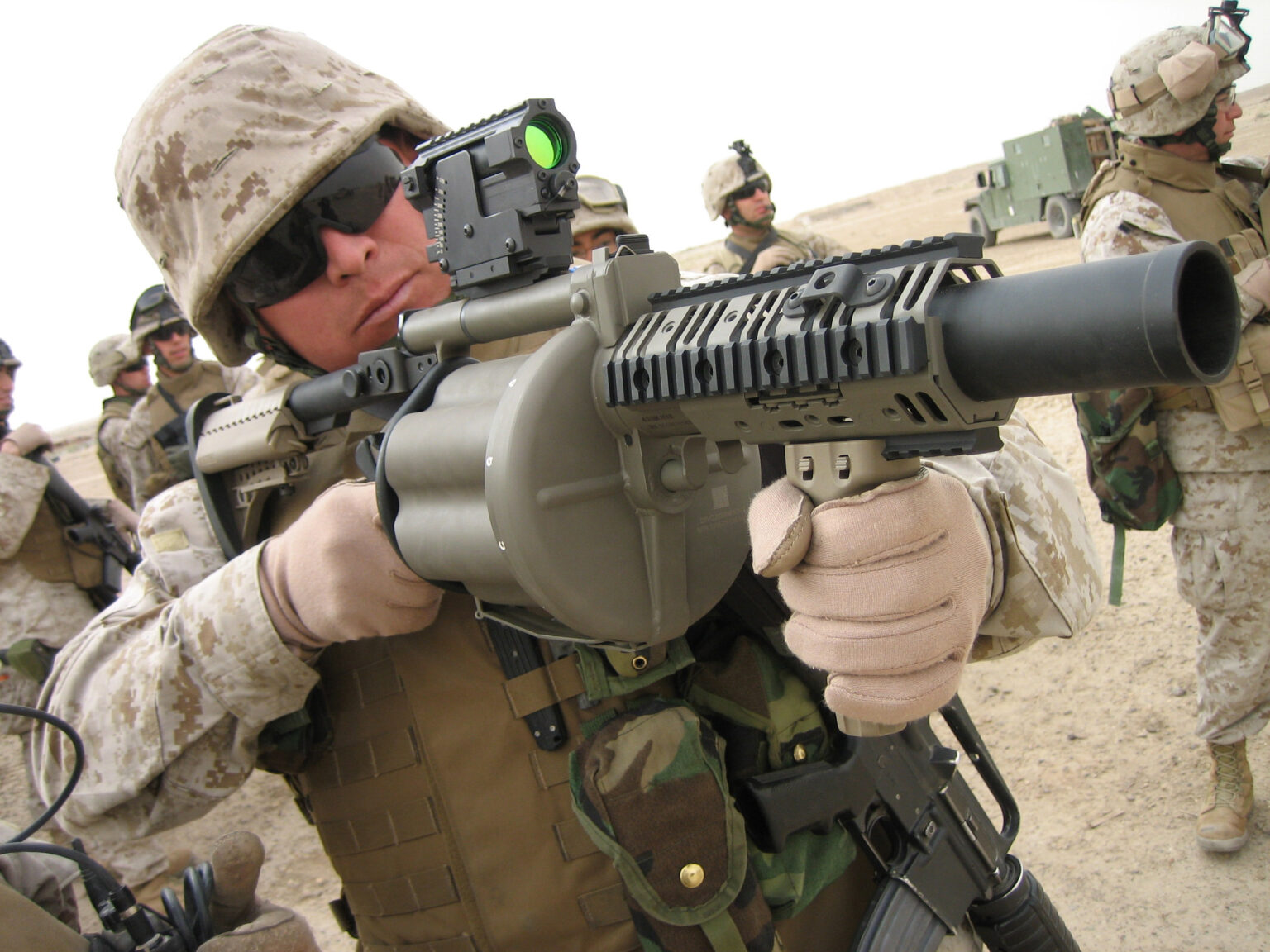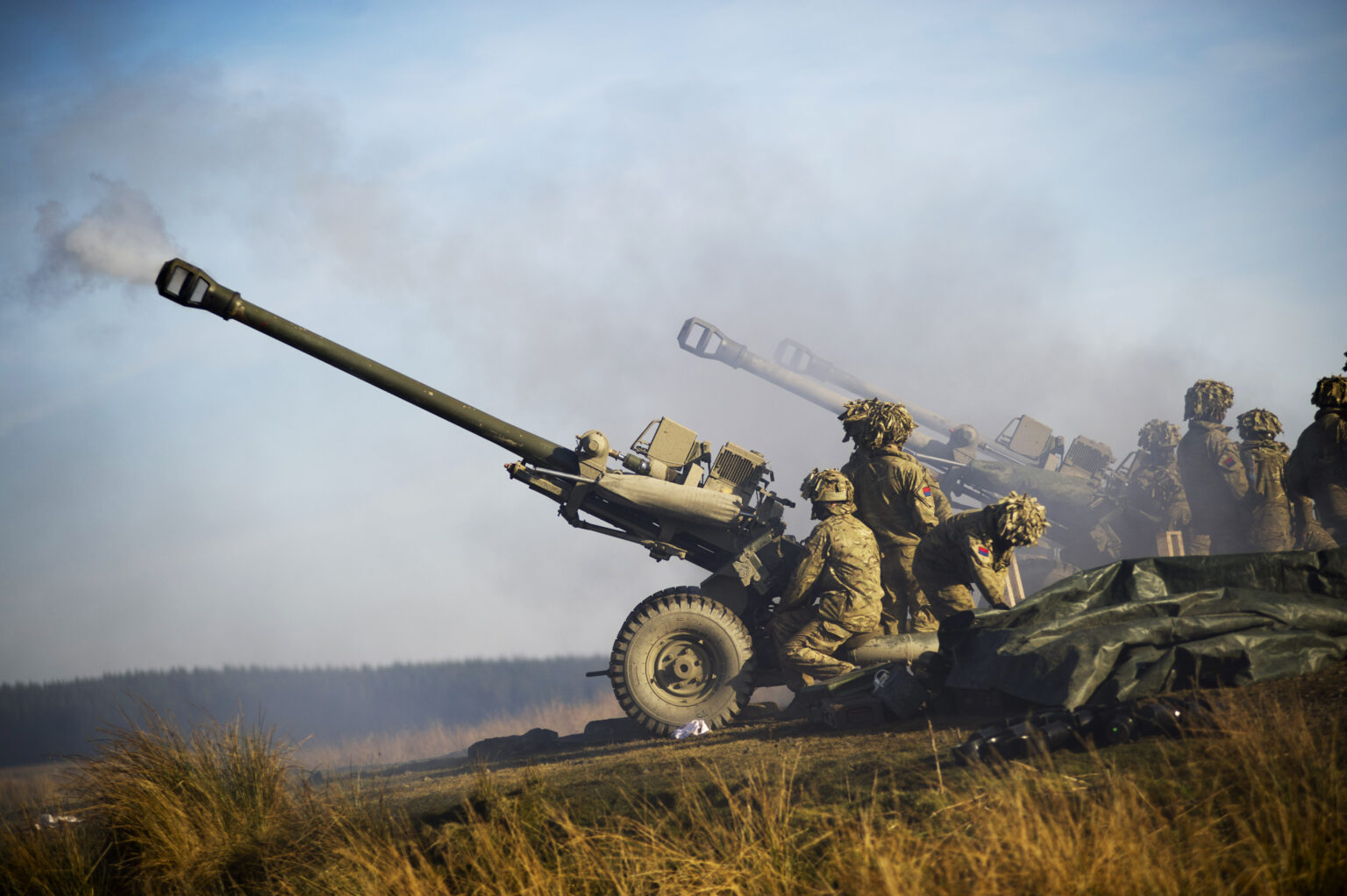Class 4 weapons have long been a subject of fascination and controversy in the world of firearms and defense systems. These weapons are typically defined as destructive devices under the National Firearms Act (NFA) and include items such as grenades, missiles, bombs, and other explosive devices. The classification of these weapons is rooted in their potential to cause widespread destruction, making them heavily regulated by federal and state laws. As we delve into this topic, we will explore the intricacies of class 4 weapons, their legal implications, and why understanding them is crucial for enthusiasts, law enforcement, and policymakers alike.
The allure of class 4 weapons often stems from their portrayal in movies, video games, and historical contexts. However, the reality of owning, using, or even discussing these weapons is far more complex. In this article, we will provide a detailed breakdown of what constitutes a class 4 weapon, the legal framework surrounding their ownership, and the responsibilities that come with handling such powerful devices. Whether you're a firearm enthusiast or simply curious about the world of weaponry, this guide will equip you with the knowledge you need.
Before we proceed, it's important to note that the information provided here is purely educational. The ownership and use of class 4 weapons are subject to strict regulations, and compliance with the law is paramount. By the end of this article, you'll have a comprehensive understanding of class 4 weapons, their classifications, and the legal requirements associated with them.
Read also:Reggie Hayes The Journey Of A Remarkable Comedian And Actor
What Are Class 4 Weapons?
Class 4 weapons refer to a category of firearms and devices classified under the National Firearms Act (NFA) as "destructive devices." These weapons are not designed for personal defense or hunting but are instead intended for military or law enforcement use. Examples include grenades, missiles, bombs, mines, and other explosive devices. The classification of these weapons is based on their destructive potential, which poses significant risks to public safety if misused.
Under the NFA, class 4 weapons are categorized as "destructive devices" and require a special license for ownership. This license is typically granted only to individuals or entities with a legitimate need, such as law enforcement agencies, military personnel, and qualified researchers. The stringent regulations surrounding class 4 weapons reflect the potential dangers they pose and the need for strict oversight.
Legal Framework for Class 4 Weapons
Understanding Federal Regulations
The legal framework for class 4 weapons is governed by the National Firearms Act (NFA) and the Gun Control Act (GCA). These federal laws impose strict requirements on the manufacture, transfer, and possession of class 4 weapons. Key aspects of the legal framework include:
- Registration: All class 4 weapons must be registered with the Bureau of Alcohol, Tobacco, Firearms and Explosives (ATF).
- Licensing: Individuals must obtain a special Class 3 SOT (Special Occupational Taxpayer) license to handle or transfer class 4 weapons.
- Background Checks: Applicants must undergo extensive background checks to ensure they meet the stringent criteria for ownership.
State Laws and Restrictions
In addition to federal regulations, state laws play a crucial role in determining the legality of class 4 weapons. Some states have banned the possession of these weapons entirely, while others allow limited use under specific circumstances. For example:
- California: Prohibits the possession of most class 4 weapons, with limited exceptions for law enforcement.
- Texas: Allows possession of class 4 weapons with proper licensing and registration.
Understanding state-specific regulations is essential for anyone considering the acquisition of class 4 weapons.
Types of Class 4 Weapons
Grenades
Grenades are one of the most well-known types of class 4 weapons. They are small, hand-thrown explosive devices designed to detonate upon impact or after a set time delay. Grenades are used primarily in military and law enforcement operations due to their ability to neutralize threats in confined spaces.
Read also:Sawyer Actor The Rising Star Redefining Hollywood
Missiles
Missiles are guided or unguided projectiles capable of delivering explosives over long distances. They are typically used in military applications and require advanced training and equipment for safe operation. The possession of missiles is heavily restricted and regulated by federal and international laws.
Bombs
Bombs are explosive devices designed to cause widespread destruction. They can range from simple improvised explosive devices (IEDs) to complex military-grade ordnance. The manufacture and possession of bombs are strictly prohibited for civilian use.
Why Are Class 4 Weapons Regulated?
The regulation of class 4 weapons is rooted in their potential to cause significant harm to individuals and property. These weapons are not designed for personal defense or recreational use but are instead intended for military and law enforcement purposes. The following reasons highlight why these weapons are heavily regulated:
- Public Safety: The destructive nature of class 4 weapons poses a significant risk to public safety if misused.
- Military Use: These weapons are primarily designed for military applications, making them unsuitable for civilian ownership.
- Preventing Misuse: Strict regulations help prevent the unauthorized use of class 4 weapons for illegal activities.
How to Obtain a Class 4 Weapons License
Eligibility Requirements
Obtaining a license for class 4 weapons is a complex and rigorous process. Key eligibility requirements include:
- Age: Applicants must be at least 21 years old.
- Citizenship: Only U.S. citizens or legal residents are eligible to apply.
- Background Check: Applicants must pass a thorough background check, including criminal history and mental health evaluations.
Application Process
The application process for a class 4 weapons license involves several steps:
- Submit Form 1 or Form 4 to the ATF, depending on whether you are manufacturing or transferring the weapon.
- Pay the required fee, which is $200 for a Class 3 SOT license.
- Wait for approval, which can take several months due to the extensive background checks involved.
Uses of Class 4 Weapons
Military Applications
Class 4 weapons are primarily used in military operations for their ability to neutralize threats and provide tactical advantages. Examples include:
- Anti-tank missiles for destroying armored vehicles.
- Hand grenades for clearing enemy positions.
Law Enforcement Use
Law enforcement agencies may use class 4 weapons in specialized situations, such as:
- SWAT operations involving high-risk scenarios.
- Breaching doors or walls during hostage rescues.
Safety and Handling of Class 4 Weapons
The safe handling of class 4 weapons requires extensive training and adherence to strict safety protocols. Key considerations include:
- Proper storage in secure facilities.
- Regular maintenance and inspection of weapons.
- Compliance with all federal and state regulations.
Statistical Insights on Class 4 Weapons
According to data from the ATF, the number of registered class 4 weapons in the United States has remained relatively stable over the past decade. As of 2022, there were approximately 300,000 registered class 4 weapons nationwide. This statistic highlights the limited availability of these weapons and the effectiveness of current regulatory measures.
Common Misconceptions About Class 4 Weapons
There are several misconceptions surrounding class 4 weapons that warrant clarification:
- Myth: Class 4 weapons are easily accessible to civilians. Reality: Ownership of class 4 weapons is heavily restricted and requires extensive licensing.
- Myth: All explosives fall under the class 4 category. Reality: Only certain types of explosives are classified as class 4 weapons under the NFA.
Conclusion
In conclusion, class 4 weapons represent a unique category of firearms and devices that require careful consideration and strict regulation. From their classification as destructive devices to the legal framework governing their ownership, understanding class 4 weapons is essential for anyone interested in the world of firearms. By adhering to federal and state laws, individuals and organizations can ensure the safe and responsible use of these powerful devices.
We encourage readers to share their thoughts and questions in the comments section below. Additionally, feel free to explore other articles on our website for more insights into firearms, regulations, and related topics. Remember, knowledge is power, and staying informed is the first step toward responsible ownership and use of firearms.
Table of Contents
- What Are Class 4 Weapons?
- Legal Framework for Class 4 Weapons
- Types of Class 4 Weapons
- Why Are Class 4 Weapons Regulated?
- How to Obtain a Class 4 Weapons License
- Uses of Class 4 Weapons
- Safety and Handling of Class 4 Weapons
- Statistical Insights on Class 4 Weapons
- Common Misconceptions About Class 4 Weapons
- Conclusion


